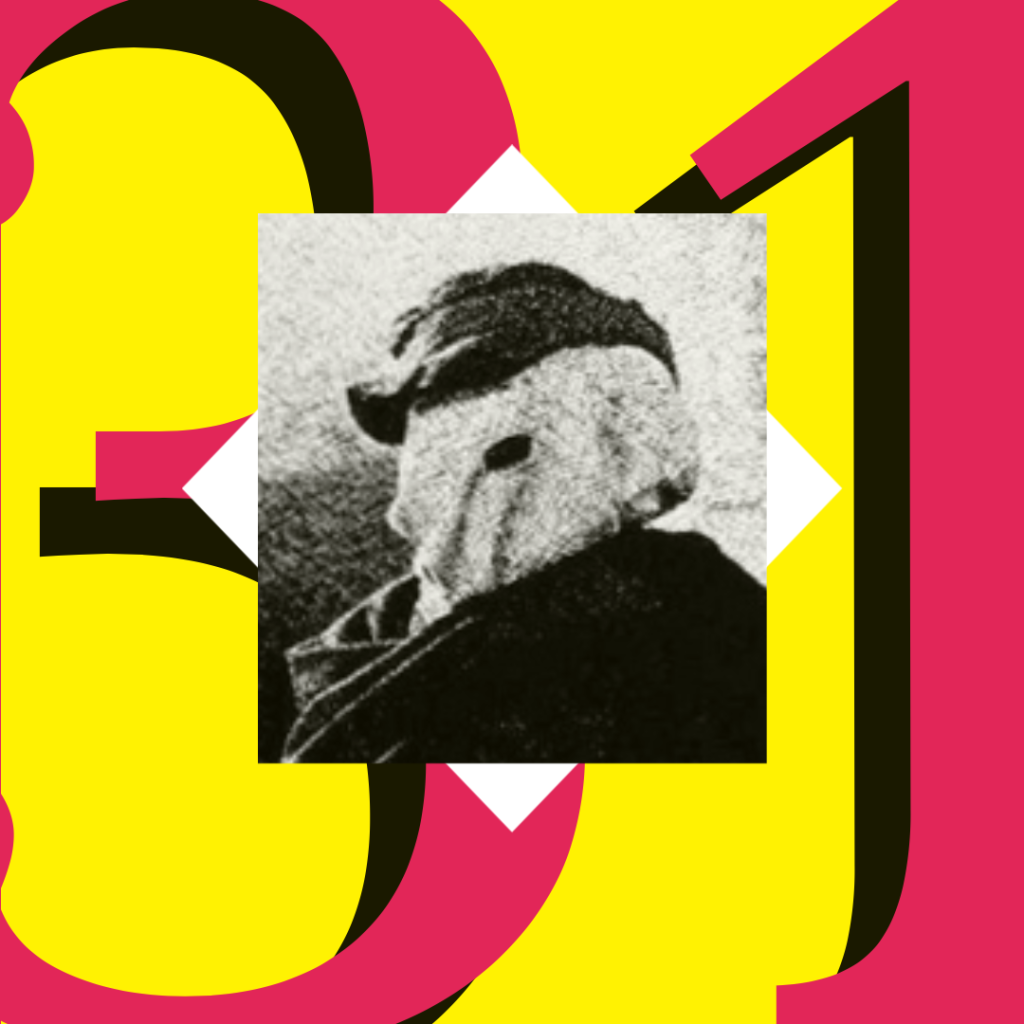Last night, I continued my impromptu David Lynch film fest with The Elephant Man from 1980. All this Lynch has been inspired by reading J. Hoberman and Jonathan Rosenbaum’s Midnight Movies, about the emergence of the late night cult film scene in the 1970s (as I wrote about a few weeks ago ). I’d put the book down until I had time to watch Eraserhead (see yesterday), wanting to fill that personal film watching gap before reading their take.
Hoberman and Rosenbaum cover Lynch’s early years, including his experimental films, the efforts he put into creating sound effects, and the painstaking detail he put in to nearly every frame. Lynch’s reputation for hard work and a unique vision landed him the job of directing The Elephant Man as his second feature, a prestige studio film with accomplished actors, including John Hurt and Anthony Hopkins. Watching the two films back to back, it was fun to see echoes of the low-budget film in the second film: Hopkins’ strolling past industrial factories as John Nance does in Eraserhead. A lone, lonely man in a room with a bed and little else. The reprise of a theatrical stage as a dreamland (one I also associate with Twin Peaks, my primary Lynch experience).
I didn’t feel a resonance between The Elephant Man and 2020’s surreal world, the pandemic, or Trump’s America as I did with Eraserhead. There isn’t much of that can be called surreal in The Elephant Man. Dysmorphia is a fact. We’re more accepting of different kinds of bodies, different kinds of people than the Victorians in the world of the film were, and even more than we were in 1980 when the film came out. The idea of feeling ugly and hopelessly misunderstood is a universal one, but it’s treatment is not especially provocative, surreal, or contemplative in this exploration. More relevant to 2020 may be Dr. Treves gradual realization that he’s benefiting from his proximity to John Merrick. Exploiting him just as the harsh carnival boss had been.
In Hoberman and Rosenbaum’s telling, the movie was well-defined when he was chosen to direct it. And so, his touches are more in the details than in the narrative. Consequently, this may be Lynch’s least Lynchian film even though its success helped him establish his name and likely earned him permission to be more out there and weird on future projects.
I was also fascinated to read of Lynch’s time in Philadelphia as a student at the Pennsylvania Academy of the Fine Arts. Lynch and his wife Peggy bought a 12-room house “in an impoverished area” for $3,500 to have enough space for their work and a child on the way. The house was broken in to frequently, and Lynch recalls scenes of poverty and violence all around him in those years as a potent influence on his work.
I’ve done a lot of research and imagining of 1970s Philadelphia for sections of a novel I’ve been working on. It explores the city a generation before I lived there. I can imagine the chapters I’ve written becoming more Lynchian, dreamlike, and less rigid as his contemporaneous presence in the city spills into scenes I’ve written, as his life overlaps with my fictional characters paths.

